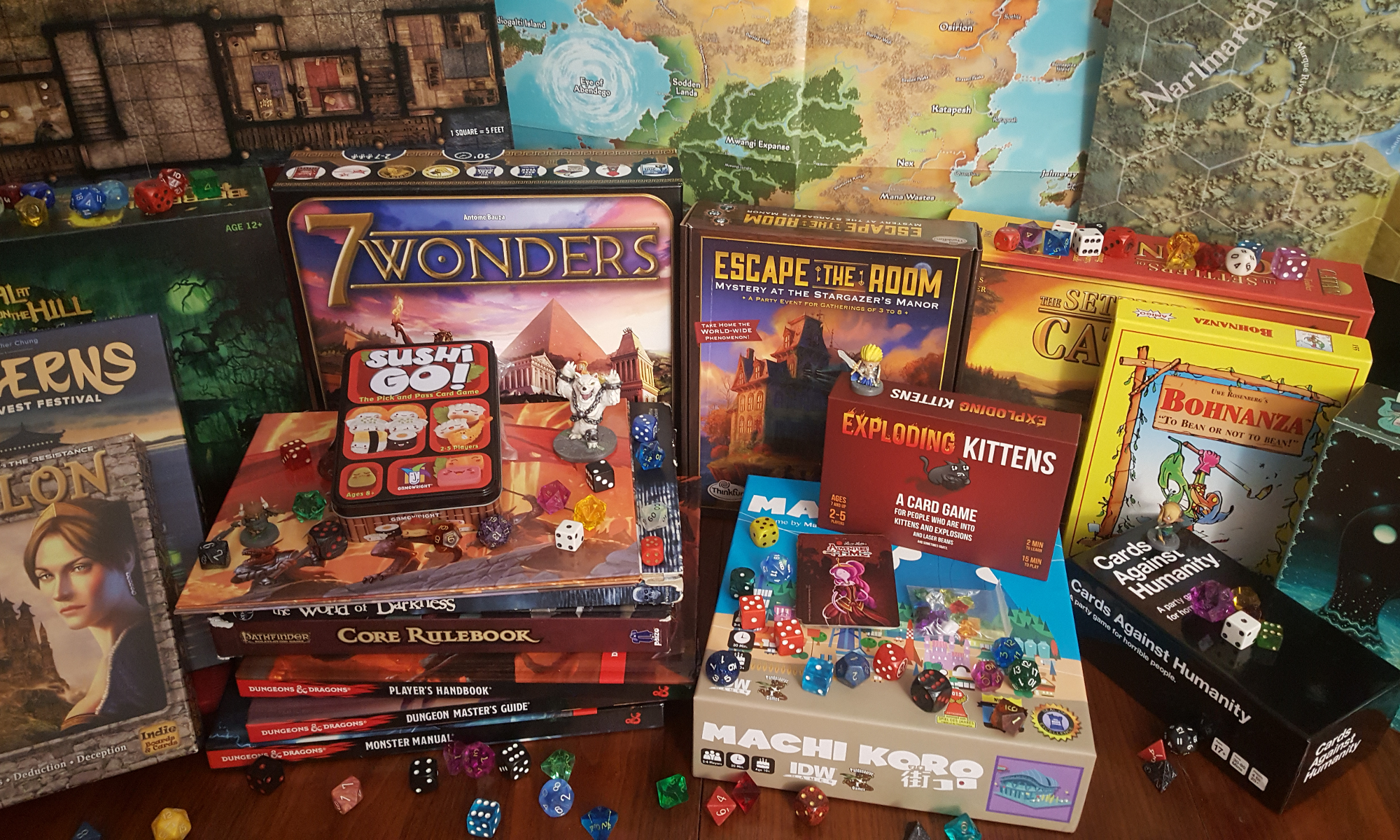Continuing our ongoing examination of the Rise of the Runelords Adventure Path by Paizo Publishing, the next installment for us to examine is Fortress of the Stone Giants, a combination civic defense / dungeon crawl adventure. Join us as we continue our discussion of what works, what doesn’t, what was improved in the anniversary edition and, most importantly in our estimation, what we can all learn from this masterful series of adventures.
I want to talk about travel encounters today – especially random ones. I am a fan of random encounter charts (and random charts in general) because, for one thing, they make the DM feel more like he’s playing a game and not merely the omniscient and unquestioned ruler of the game world. They can provide the DM with the opportunity to improvise and feel like an impartial arbiter, pitting the players not against them or the choices they make, but against fate, an indifferent world and the rules of the game itself.
They can also be really, really dull. Order of the Stick, one of my all time favorite webcomics, had this episode that explains how many DMs and adventures tend to approach random encounters (and travel encounters in general). Understandably, encounters that don’t advance the plot can become tedious very quickly, but their complete absence feels artificial. As such, the ideal solution, for many, is to include one – and only one – such encounter during any stretch wherein it seems like something should happen, but does not seem like that something must or should be an advancement of the plot.
As we mention in our episode today, even encounters that do align themselves with the plot of the adventure can be dull, uninspired and tedious. The biggest thing that makes an encounter tedious (and a common problem with random encounters) is the appearance that the enemy exists solely to be defeated. Nothing kills the interest in an encounter more than an enemy that is arbitrarily plopped in the player character’s paths for the sole purpose of battling it. One of these episodes, we’ll discuss random encounters in general, but for now, I want to give a quick piece of advice that I’ve found to be very helpful to me – pre-roll a random encounter or two and plan out how it fits in your adventure. Improvising encounters “on the spot” can often result in the encounter falling short or being disjoined. If you’re not yet completely comfortable improvising compelling encounters that feel like they “belong” in the adventure on the spot, using a random encounter table as a constraint on your encounter building can be a great way to hone your skills without putting undue – and unwelcome – pressure on yourself. No, the encounter with a small group of hill giants doesn’t necessarily relate directly to the dragon hunt the player characters may be on, but it’s a lot more interesting if you plan out an encounter with, say, a group of three giants arguing loudly over an assessor’s land survey they mistakenly believe to be a treasure map than three giants who appear accompanied with the announcement “roll initiative!”
Speaking of disjoined things that don’t seem to belong, treasure, likewise, can be bland, dull and uninspired, failing to evoke the spirit and attitude of the adventure. While gold pieces, gems and other simple are almost always a appropriate, they may lack the appropriate mystique when exploring an alien dungeon, ancient tomb or lair of a creature with no comprehension of material wealth. For these, consider rare materials, art objects and / or things of mystical or technological significance.
Attempts have been made to create random charts from generating treasure, but these have all the pitfalls of monster encounter tables and then some, given how frequently they fail to consider the source of the treasure*. If you want to maximize the interest, try to tell a story – however incomplete – with the treasure you place in an adventure. Many of Paizo’s Adventure Paths have full backgrounds behind miscellaneous treasure – backgrounds that, in some cases, the player characters may never discover. These, however, like Hemmingway’s Iceberg theory of storytelling, allow the parts of the story that the player characters do encounter to have swaths of underlying meaning hidden in them. After the adventure is over, if you so choose, you can even tell them the truth behind the treasure they encounter.
One example that comes immediately to mind is the inclusion of one of the sculptures created by Ayavah the tiefling in the Kingmaker Adventure Path. Ayavah specializes in sculptures of succubi entwined in erotic poses, and a miscellaneous piece of treasure in the path is one such sculpture, fashioned into a rather salacious belt buckle. Ayavah is never explicitly mentioned in the Adventure Path, but as a known character in the Pathfinder Campaign Setting, her handiwork is an amusing Easter Egg. Also, in the same Adventure Path, a set of Ustalavi dishes, intended as a wedding gift for a wedding they never made it to, appear with the remains of the delivery boy. These miscellaneous treasures have weight beyond their existence and, in my experience of running the adventure path, intrigue and fascinate the player characters that discovere them**.
Putting all this together, one of my favorite non-story-advancing encounters from Fortress of the Stone Giants, for several reasons, is The Black Monk. The encounter comes more or less out of nowhere – first, there’s the group of harpies guarding the tower that are inexplicably trained as monks then, within the tower, there is the tightly swaddled dread mummy flying back and forth, clashing with the party and unarmed striking them despite its bound feet and chained arms clutching a scroll case containing truly wondrous treasure. What the heck is that all about? Obviously, there’s a story there. Are the player characters going to learn that story? Who knows, but, to me, the encounter feels simultaneously very “out there” and also like something that can be understood – some part of this ancient and taboo place that makes sense in the context, but that is, nonetheless strange and baffling on the surface. “To battle: mummy monk. Carries scrolls.”
Roleplaying games have come a long way since the first sword and sorcery settings emerged, and more and more even the most inexperienced players have a solid grasp of what constitutes compelling storytelling. When adding material to a game, try to remember one of my most common mantras: there is no wasted prep time. If you don’t use something – or even some aspect of something – today, you can always recycle it for a future adventure.
Join us next time for the penultimate installation of this series, Sins of the Saviors.

